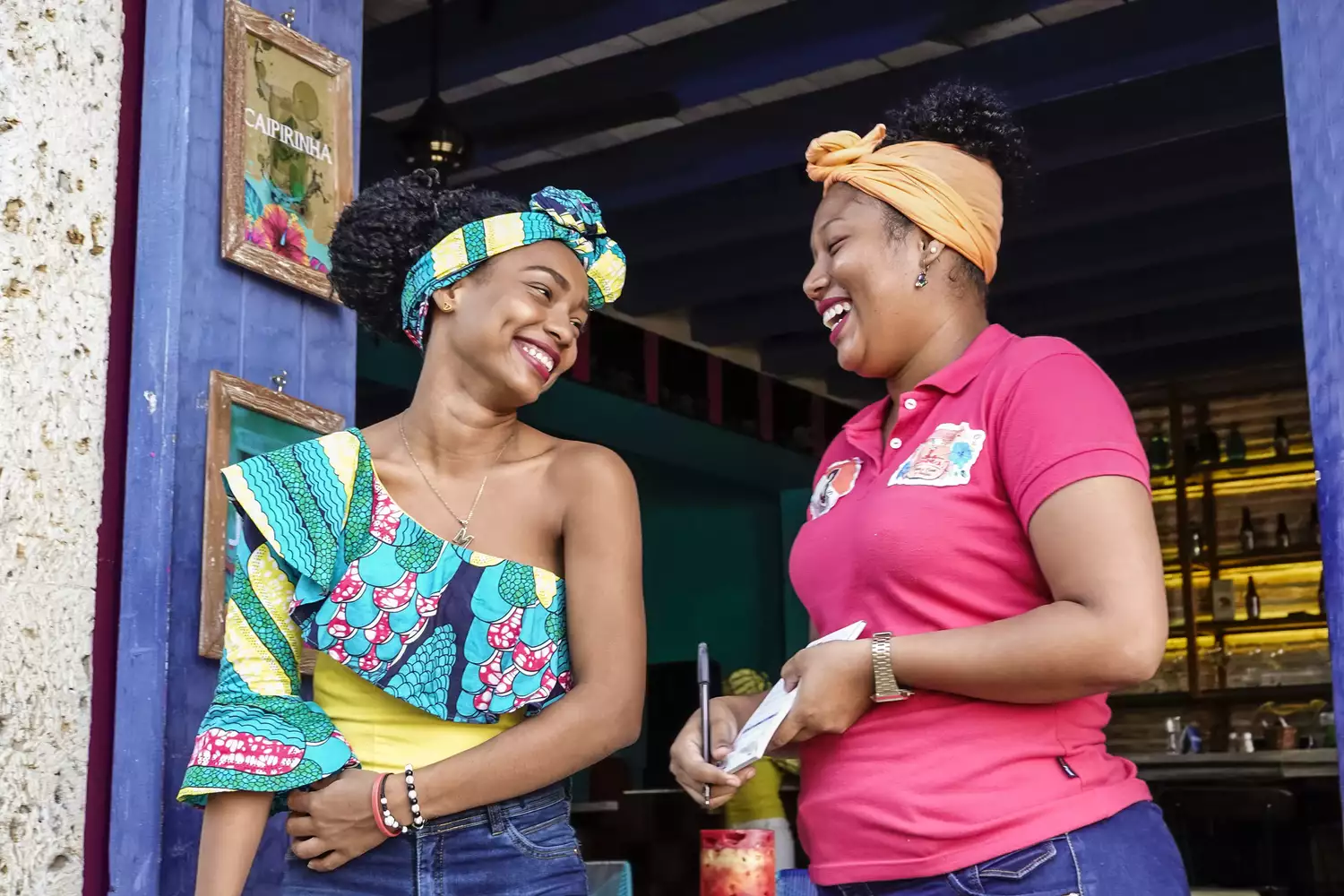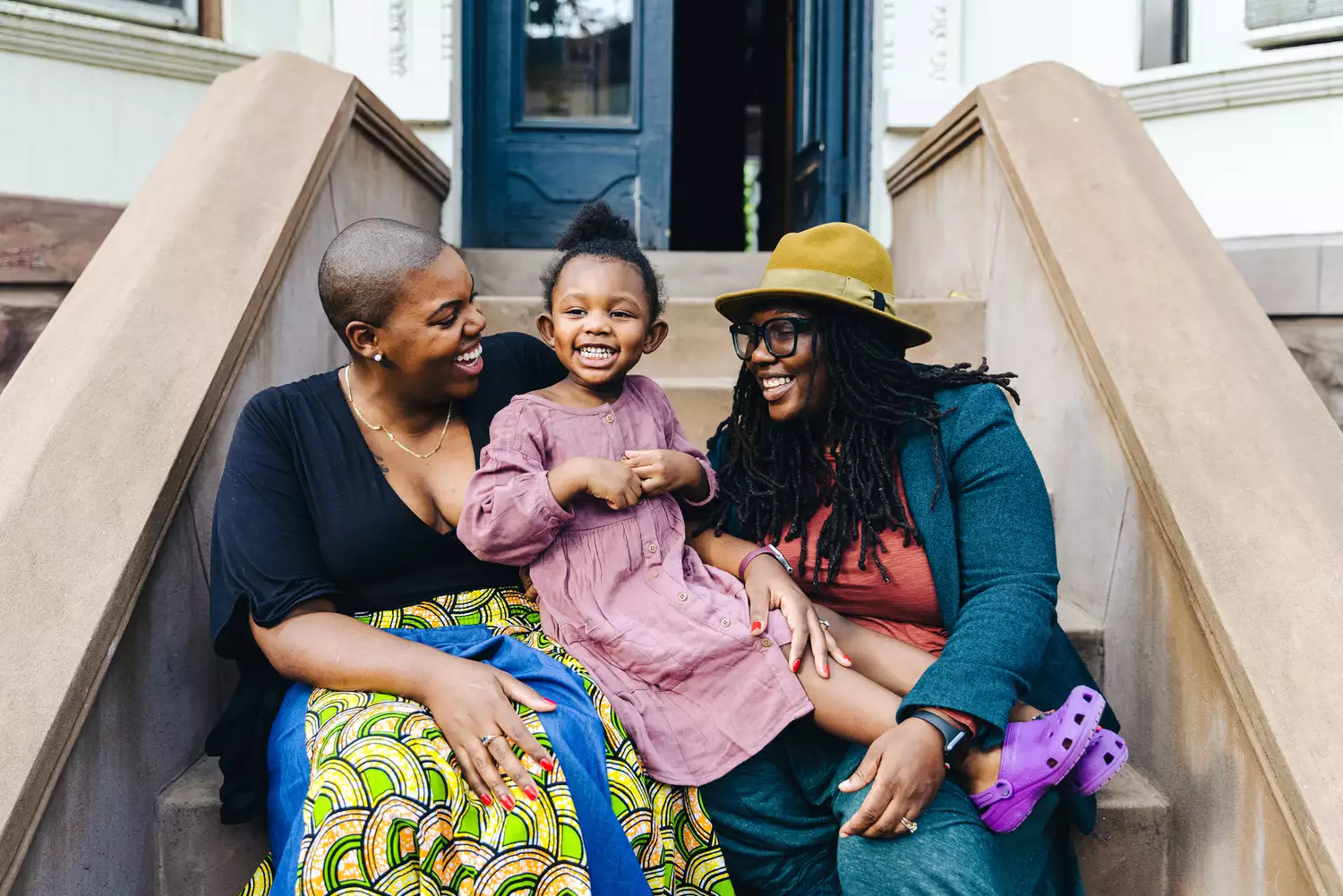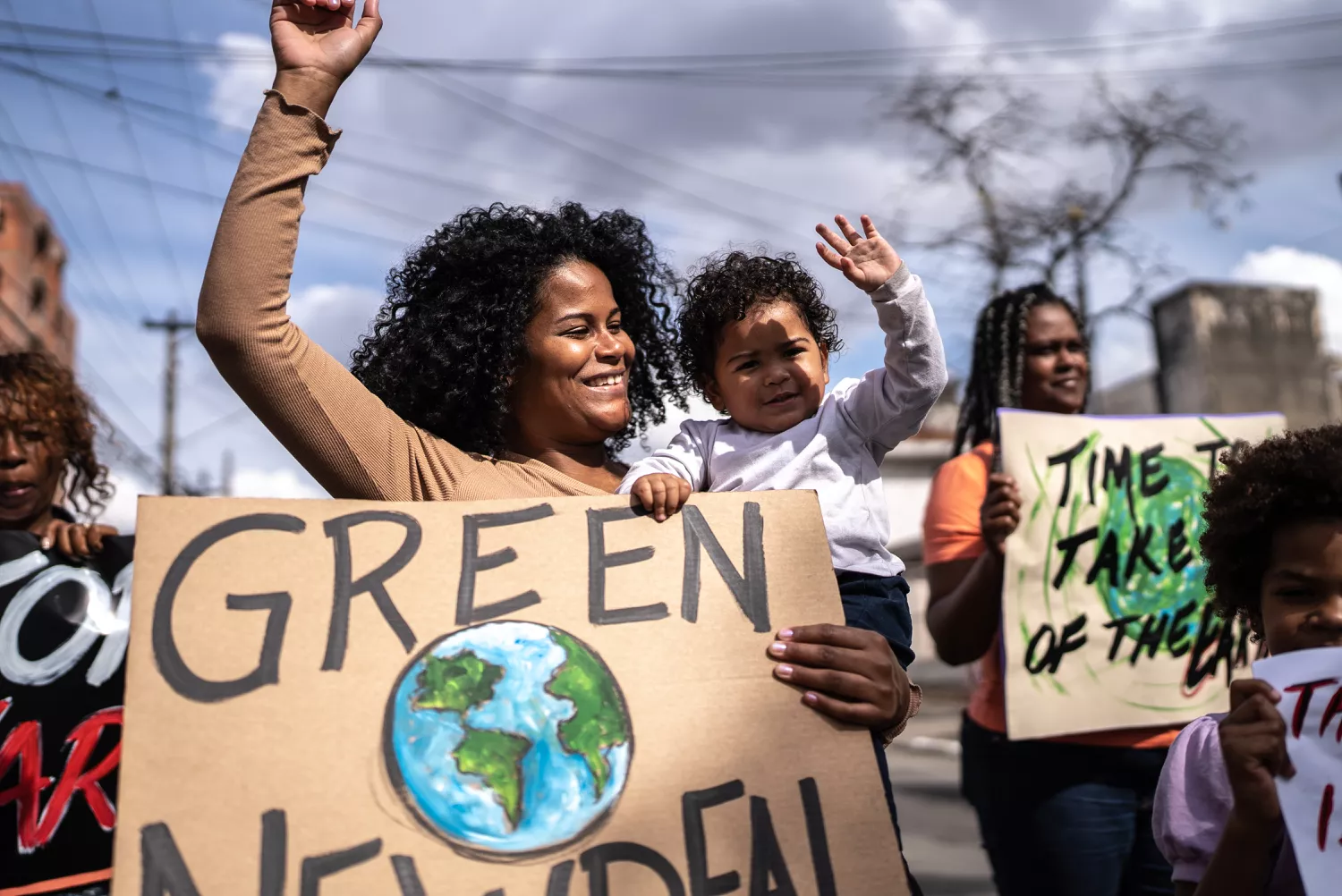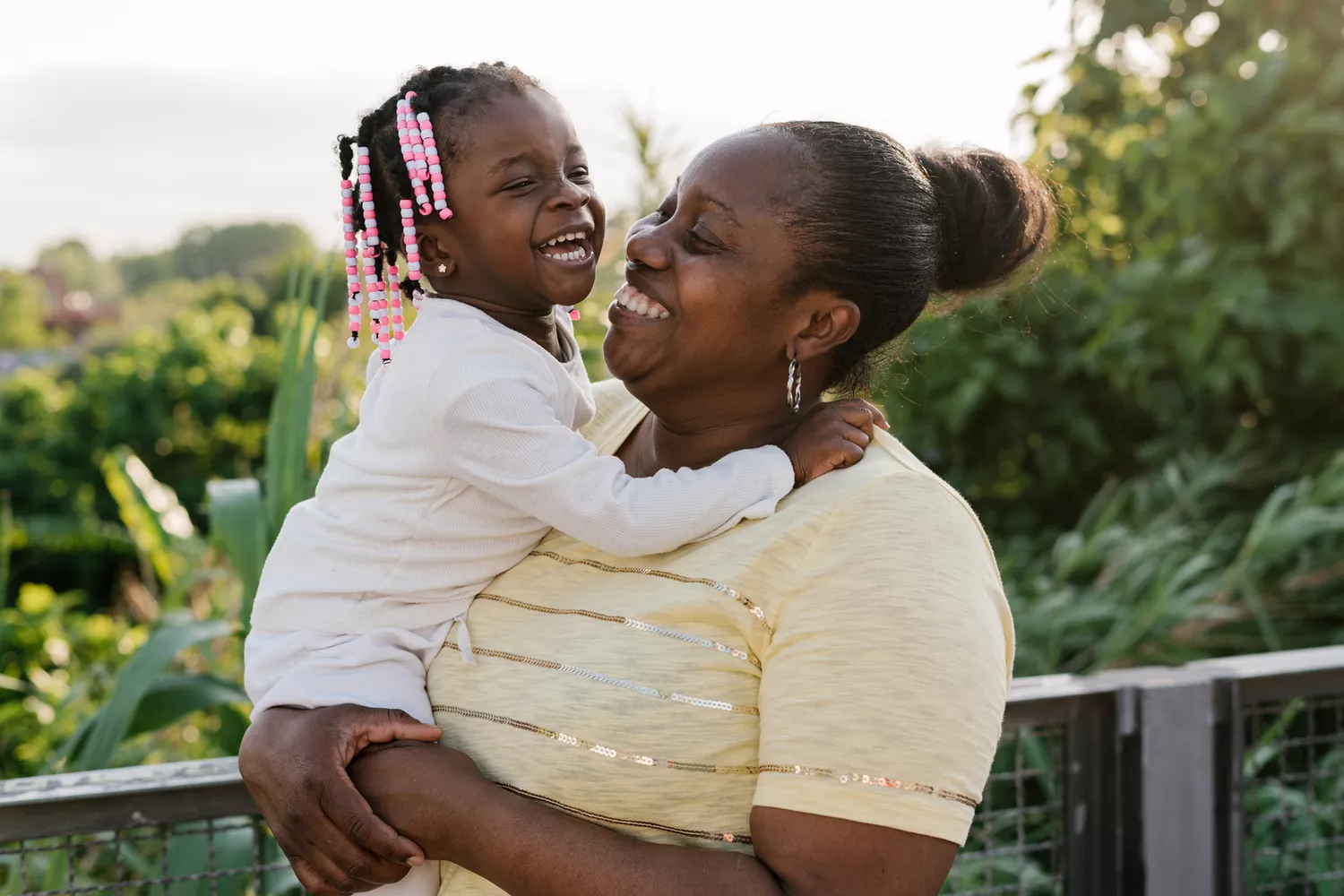Tracing Your Roots? Discover 15 destinations in the African Diaspora


Traveling to connect with your ancestral past is a personal journey that can help you and your family regain or establish a sense belonging. You will walk in your ancestors’ footsteps, and their stories will shape your sense of identity. The diaspora communities are celebrated by visiting places of cultural significance. Understanding and preserving the cultures of these peoples can help to restore lost ties that have been broken for centuries.
As heritage tourism grows in popularity, people become more connected to their roots and identity. Here’s a list to get you started on your journey home.
New Orleans, Louisiana
New Orleans’ roots are in its blackness. Formerly a French colony where Black slaves were used for their labor and expertise to build infrastructure and cultivate crops, New Orleans is rooted in blackness. New Orleans was a major transatlantic slave trading hub as plantations expanded. New Orleans sold slaves in more than fifty different locations, unlike other cities which only had one.
Visit Congo Square to see where the enslaved Africans used to gather on Sundays, dance, sing, trade, and socialize. can be credited to New Orleans for the development of African American jazz music. It was also a place where West African spiritual practices were performed, which helped to connect people with their ancestors. Visit New Orleans Historic Voodoo Museum for more information.
Visit the New Orleans African American Museum, The Musee of f.p.c., Backstreet Cultural Museum, and House of Dance & Feathers to celebrate Black culture.
The Gullah-Geechee Heritage Corridor
Gullah Geechee Culture Heritage Corridor, a National Heritage Area designated to preserve and celebrate the Gullah Geechee roots. In North and South Carolina the region is home to people called Gullah, while in Georgia and Florida it’s Geechee.
The Gullah Geechee people have a number of historically and culturally significant places in the area. These include Pin Point Heritage Museum, which is located in Georgia. This area contains many places that are historically and culturally important to the Gullah Geechee, including the Pin-Point Heritage Museum in Georgia and the North Carolina rice plantations.
Salvador de Bahia, Brazil
Salvador de Bahia is the first capital of Brazil. It’s an excellent place to visit if you want to experience African culture and energy. The blackest state of Brazil was also the site of the largest and most profitable slave port in Brazil during the transatlantic slavery trade. The Portuguese colonized Salvador in the historic neighborhood Pelourinho. You can find Largo Terrairo De Jesus to see demonstrations of Afro Brazilian martial art capoeira and Museum Afro Brasileiro da UFB, which will give you a better understanding of African traditions and rituals.
There are many colonial buildings, such as churches and mansions, that bear the scars of Black suffering. It’s a culturally vibrant area that is rich in Black history.
Limon, Costa Rica
Limon is the city where you’ll find the largest Afro Costa Rican population. The Spanish brought their ancestors there for domestic work during the transatlantic slavery trade. You can see the influence of African and Caribbean culture in the food, architecture and music. It
Costa
Mexico The The
Havana, Cuba
Religion A
Ouidah, Benin
Oui This You The Visit
Ben On The
Port-au-Prince, Haiti
Haiti Visit HTML Tous You
Cap You
Cape
Since Malcolm Du Bois lived and died in the area.
Visit Assin-Manso Ancestral-Slave River Site if you want to connect your routes. This place is significant in the transatlantic slavery trade. Assin Manso was the last place where slaves would bathe before they were sold. Cape Coast Castle is a place to learn more about slavery. Enslaved people would be kept in suffocating and torturous conditions. Elmina Castle is another important site along the coast. It was used to trade slaves, ivory, and gold.
You can learn more about the Asante Kingdom’s culture and traditions by visiting Manhyia Palace, located in Kumasi.
Cartagena (Columbia)
The Colombian port city of Cartagena is notable for its strong African influence and pride tracing back to West Africa-Bantu-speaking groups. The Black culture of Cartagena is well-known, which comes as no surprise since it’s the home of Palenque, a community that was founded in 17th century West African Slave’s who fled Spanish oppression. You can see the African culture preserved through art, dance, music and hair. Afro-Colombian music is dominated by drums. A workshop on the subject can help you understand the rhythmic culture and the sounds that make up the music.
Visit the San Pedro Claver Church in Cartagena, built to honor St. Pedro Claver, the patron saint of slaves. Visit the Iglesia de San Pedro Claver, built to honor St. Pedro Claver, the patron saint of slaves. Learn about braiding and its connection to slavery at a local salon. Visit Plaza de Los Coches to see the impressive colonial buildings, street vendors and churches.
Dangriga (Belize)
Dangriga, the largest town of Southern Belize, is considered to be the spiritual and culture capital of the Garifuna community–an Afro-Caribbean indigenous group. In the 18th century, the British exiled the Garifuna from St Vincent. They settled in Livingston in Guatemala, Roatan in Honduras and Dangriga in Belize. The Gulisi Garifuna Museum is a great place to learn more about their origins and how they came to be in Belize.
Dangriga is a primarily Garifuna city. There are many cultural experiences and discoveries to be had through music, dance, language, and food. Learn about the importance of Punta and drumming, which are linked to the people’s African heritage. Learn their traditional dance at the Habinahan Wanaragua Jankunu Festival. Hudut, Bundiga and other Garifuna foods are available. You can visit the Garifuna around November 19 to take part in their annual celebration Garifuna Settlement Day. This is when their culture comes alive.
Loiza, Puerto Rico
Discover the Afro-Puerto Rican heritage of the town of Loiza in the northeastern coast, just a short distance from San Juan. Loiza is a center for African culture and identity. It has the most Black people on the island.
Escuela de Bomba y Plena Don Rafael Cepeda provides classes to those who wish to learn more about the music and dance of African origin that originated in Loiza, while cultural talks and workshop are offered by Corporacion Pinones Se Integra. Explore Parque Historico cueva Maria dela Cruz to discover information and artifacts on the island’s earliest inhabitants.
Loiza comes to life during its annual Fiestas de Santiago Apostol held every July–visit if you can for parades, music, and culturally-significant costumes.
Lagos, Nigeria
Lagos, the former capital of Nigeria, is a vibrant port city with many cultural traditions. The southwest is dominated by Yoruba people (from Oyo Empire), while the southeast is Igbo-dominated (from Nri Kingdom) and the majority of the northern part is inhabited with Hausa and Fulani (from Hausa Kingdoms, Fulani Empires, and Songhai Empires).
Lagos is home to a variety of museums, art galleries, and bookshops that will help you learn more about Nigerian Culture. Visit the Nigerian National Museum for an informative visit. Then, head over to Nike Art Gallery and see vast Nigerian collections. You can spend a few hours on a guided tour in Badagry City, where you will find historical sites like the Badagry Heritage Museum and Mobee Slave Relics Museum.
Kingston, Jamaica
Visit the island to learn about the slave rebellions, the Maroon Wars, and how the island evolved beyond British colonization. Visit the island and learn about the many slave revolts that took place, The Maroon Wars and how the island developed after British colonization.
Discover the Rastafari Culture, which is closely linked to Pan-Africanism. Also, learn about Marcus Garvey’s roots, as well as Jamaica’s food and music culture. Kingston is a great place to start your trip, but don’t forget to explore other areas like St Ann’s Bay and Montego Bay.
Santiago, Cabo Verde
The majority of Cabo Verdeans are with African and European ancestry, due to the Portuguese who arrived in early 1460 and stayed for five centuries. Santiago was the first island that they inhabited, and it is here where you can find a wealth in Cabo Verdean history and culture.
Visit monuments such as a data-component=”link” data-ordinal=”1″ data-source=”inlineLink” and a data component=”link”, which is the oldest settlement in Cabo Verde. It was an important slave trade port. Visit monuments such as Igreja Nossa Senhora do Rosario, Fortaleza Real de Sao Filipe, Rua da Banana, and Pelourinho. All of these sites reveal Cape Verdean culture and history.
The Portuguese influence in the country is strong, despite Cape Verdean Creole’s popularity. Cape Verdean music, like Morna, is similar to Fado, which has a melancholy and mournful theme.










